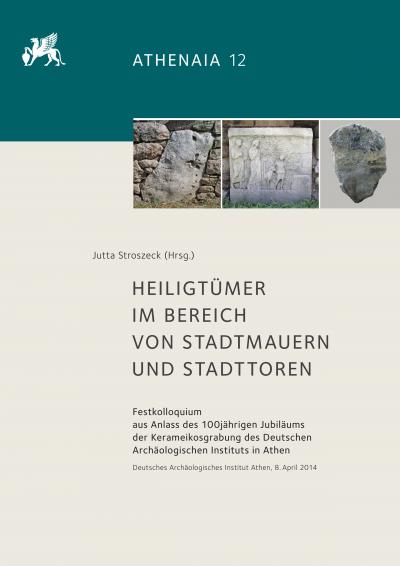Το Ιερό στον Νότιο Λόφο του Κεραμεικού των Αθηνών
https://doi.org/10.34780/3e2v-03ax
Κατάλογος συνεργατών
- Torsten Mattern [Chapter Author]
Σύνοψη
Original title: Das Heiligtum am Südhügel auf dem Kerameikos zu Athen
Abstract The South Mound sanctuary was excavated by A. Brueckner in 1910 and re-examined by the author in 2005–2006. The site was without structures until the last quarter of the 5th century, but the predecessor structure was already enclosed by walls in the early 4th century BC and had an approximately triangular shape. It consisted of buildings of small ground-plan and unknown function. The form visible today goes back to Phases 3 and 4, when, after the first quarter of the 4th century, the perimeter walls were realigned and a small structure in antis was built. The antae building is crucial to the interpretation as a sanctuary, a sanctuary that together with the Tritopatreion may have formed a departure point for the Street of Tombs. The owner of the cult is unknown. Instead of a simple entrance a small propylon was erected after the middle of the 4th century. The sanctuary was probably destroyed in 338 BC. In the late Hellenistic period and the imperial period, several water channels and conduits were laid.
Keywords Kerameikos, sanctuary, building in antis, 4th cent. BC, stratigraphy




